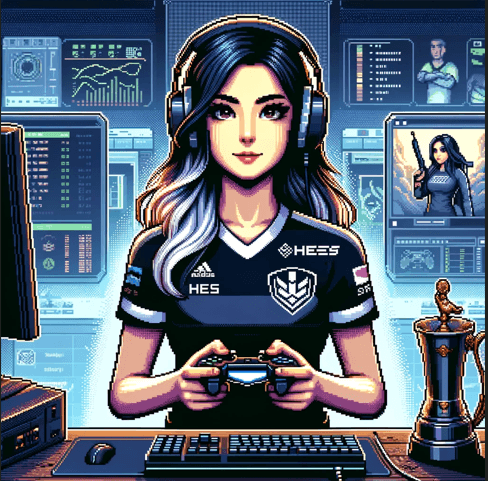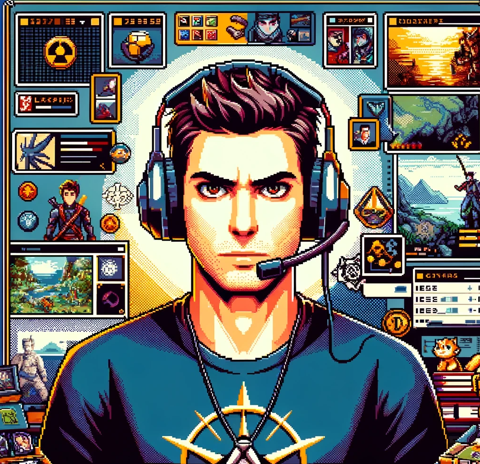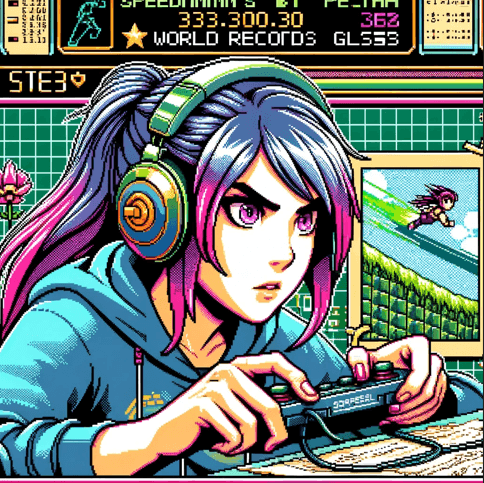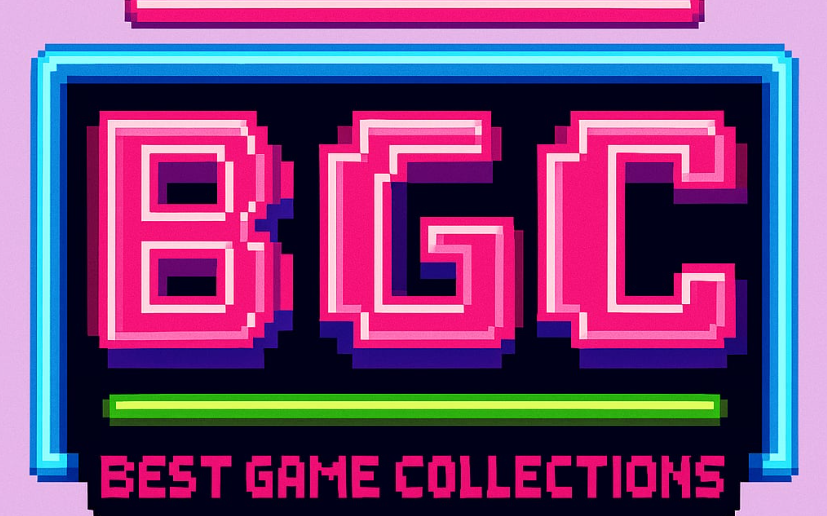 Let’s kick things off with Samurai Aces III: Sengoku Cannon, developed and published by CITY CONNECTION. The developers have clearly put a lot of effort into composing a spellbinding Japanese-style shooter game. It seems to have evoked a mixed bag of opinions among the users, particularly about its framerate presentation and overall difficulty balance.
Let’s kick things off with Samurai Aces III: Sengoku Cannon, developed and published by CITY CONNECTION. The developers have clearly put a lot of effort into composing a spellbinding Japanese-style shooter game. It seems to have evoked a mixed bag of opinions among the users, particularly about its framerate presentation and overall difficulty balance.
 True that, PlayerProX. But the exploration aspect of this game is not too shabby. The game seems to be designed more towards scenario-based than linear exploration, with specific challenges requiring strategy. Also, it’s great for beginners who want to try their hand at Japanese-style bullet hell games.
True that, PlayerProX. But the exploration aspect of this game is not too shabby. The game seems to be designed more towards scenario-based than linear exploration, with specific challenges requiring strategy. Also, it’s great for beginners who want to try their hand at Japanese-style bullet hell games.
 I must say the degree to which gamers can customize their experience also caught my interest. The option to set the difficulty level, lives, number of continues, and controls provides a great deal of freedom. Plus, there’s attention to detail in the character features and the intricate game narrative that unfolds.
I must say the degree to which gamers can customize their experience also caught my interest. The option to set the difficulty level, lives, number of continues, and controls provides a great deal of freedom. Plus, there’s attention to detail in the character features and the intricate game narrative that unfolds.
 For speedrunners though, the 30 FPS lock might be a hurdle. Faster frame rates generally allow more precise and effective reactions. On the plus side, the Cannon Shot mechanics enable high scores, which could provide a different kind of speedrunning challenge – one tied more to strategic planning than quick reflexes.
For speedrunners though, the 30 FPS lock might be a hurdle. Faster frame rates generally allow more precise and effective reactions. On the plus side, the Cannon Shot mechanics enable high scores, which could provide a different kind of speedrunning challenge – one tied more to strategic planning than quick reflexes.
 Speaking of strategic planning and mechanics, CITY CONNECTION has done quite a job with the ‘Cannon Shot’ gameplay. It’s like a weaponized scoring system, isn’t it? You have to nail the final hit on an enemy with a Cannon Shot to boost your score, and the more bullets that enemy has on the field, the higher the bonus. It’s a pretty innovative scoring mechanic, I must say.
Speaking of strategic planning and mechanics, CITY CONNECTION has done quite a job with the ‘Cannon Shot’ gameplay. It’s like a weaponized scoring system, isn’t it? You have to nail the final hit on an enemy with a Cannon Shot to boost your score, and the more bullets that enemy has on the field, the higher the bonus. It’s a pretty innovative scoring mechanic, I must say.
 Indeed, the Cannon Shot is well integrated into the game world. That said, some users did find the game leaning more towards cheap and sudden deaths than strategic challenges. A little more balance there might have been appreciated.
Indeed, the Cannon Shot is well integrated into the game world. That said, some users did find the game leaning more towards cheap and sudden deaths than strategic challenges. A little more balance there might have been appreciated.
 As a Japanese-style shooter, the game presents a rich narrative, with dramatic storylines for each character. The developers could present these narratives even more effectively using collectibles or side quests, but CITY CONNECTION chose to keep the narrative straightforward, focusing on battles and character development.
As a Japanese-style shooter, the game presents a rich narrative, with dramatic storylines for each character. The developers could present these narratives even more effectively using collectibles or side quests, but CITY CONNECTION chose to keep the narrative straightforward, focusing on battles and character development.
 From the visuals perspective, the incorporation of 2D sprites atop 3D backgrounds adds a unique aesthetic depth. Yet, there’s been criticism regarding CITY CONNECTION’s choice to cap the game at 30 FPS, which users feel compromises the smoothness of animation.
From the visuals perspective, the incorporation of 2D sprites atop 3D backgrounds adds a unique aesthetic depth. Yet, there’s been criticism regarding CITY CONNECTION’s choice to cap the game at 30 FPS, which users feel compromises the smoothness of animation.
 In terms of audio, the enhanced orchestra-like soundtrack certainly ups the immersive feel. And despite the lack of English voice acting, the Japanese voice work certainly offers authenticity to the setting.
In terms of audio, the enhanced orchestra-like soundtrack certainly ups the immersive feel. And despite the lack of English voice acting, the Japanese voice work certainly offers authenticity to the setting.
 Agreed, the characters are nicely designed and their involvement helps draw gamers into the world of Samurai Aces III. The prominent personalities like ‘Masamitsu’ and ‘Koyori’ provide a versatile cast and enrich the gameplay experience.
Agreed, the characters are nicely designed and their involvement helps draw gamers into the world of Samurai Aces III. The prominent personalities like ‘Masamitsu’ and ‘Koyori’ provide a versatile cast and enrich the gameplay experience.
 While challenging in its own way, the game’s lack of puzzle complexity sets its difficulty curve significantly lower compared to games like Tengai. Yet, CITY CONNECTION does provide a range of difficulties to accommodate both beginners and veterans alike.
While challenging in its own way, the game’s lack of puzzle complexity sets its difficulty curve significantly lower compared to games like Tengai. Yet, CITY CONNECTION does provide a range of difficulties to accommodate both beginners and veterans alike.
 In terms of replayability, Samurai Aces III holds potential with its Score Attack feature. It may not have branching paths or deep secrets, but the scoring system itself provides an incentive for pursuing better performance.
In terms of replayability, Samurai Aces III holds potential with its Score Attack feature. It may not have branching paths or deep secrets, but the scoring system itself provides an incentive for pursuing better performance.
 Finally, when comparing Samurai Aces III to others in the genre, it has a unique appeal with its Japanese stylistic touch and character-centric narratives. However, CITY CONNECTION might consider addressing the concerns regarding frame rates and difficulty balance in future sequels.
Finally, when comparing Samurai Aces III to others in the genre, it has a unique appeal with its Japanese stylistic touch and character-centric narratives. However, CITY CONNECTION might consider addressing the concerns regarding frame rates and difficulty balance in future sequels.
 Personally, I would like to see CITY CONNECTION expand the scope of open-world exploration and character narratives in the upcoming iterations. Imagine a blend of faster frame rates, strategic battles, and nuanced narratives – it could redefine the Japanese-style shooting mechanic.
Personally, I would like to see CITY CONNECTION expand the scope of open-world exploration and character narratives in the upcoming iterations. Imagine a blend of faster frame rates, strategic battles, and nuanced narratives – it could redefine the Japanese-style shooting mechanic.
 I do hope CITY CONNECTION would consider adding more side quests, collectibles, and mini games. They could greatly deepen the immersive experience and extend the gaming hours for completionists like me.
I do hope CITY CONNECTION would consider adding more side quests, collectibles, and mini games. They could greatly deepen the immersive experience and extend the gaming hours for completionists like me.
 And as a speedrunner, I’d advocate for a smoother, faster gameplay experience that keeps the stakes high without undermining the strategy. Perhaps CITY CONNECTION could find innovative ways to integrate the speedrunning aspect more fluidly in future releases.
And as a speedrunner, I’d advocate for a smoother, faster gameplay experience that keeps the stakes high without undermining the strategy. Perhaps CITY CONNECTION could find innovative ways to integrate the speedrunning aspect more fluidly in future releases.
 Regardless of the criticisms, Samurai Aces III does offer a distinct gaming experience. It’s evident that CITY CONNECTION has the potential to refine their approach and create something even more engaging. That’s the beauty of game development, isn’t it? There’s always room for growth and improvement.
Regardless of the criticisms, Samurai Aces III does offer a distinct gaming experience. It’s evident that CITY CONNECTION has the potential to refine their approach and create something even more engaging. That’s the beauty of game development, isn’t it? There’s always room for growth and improvement.
